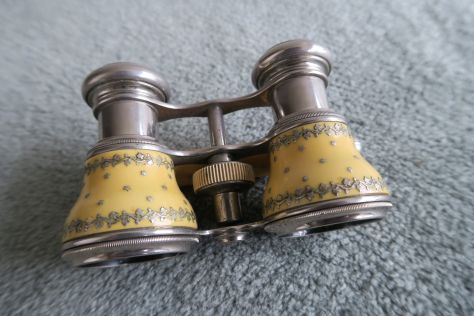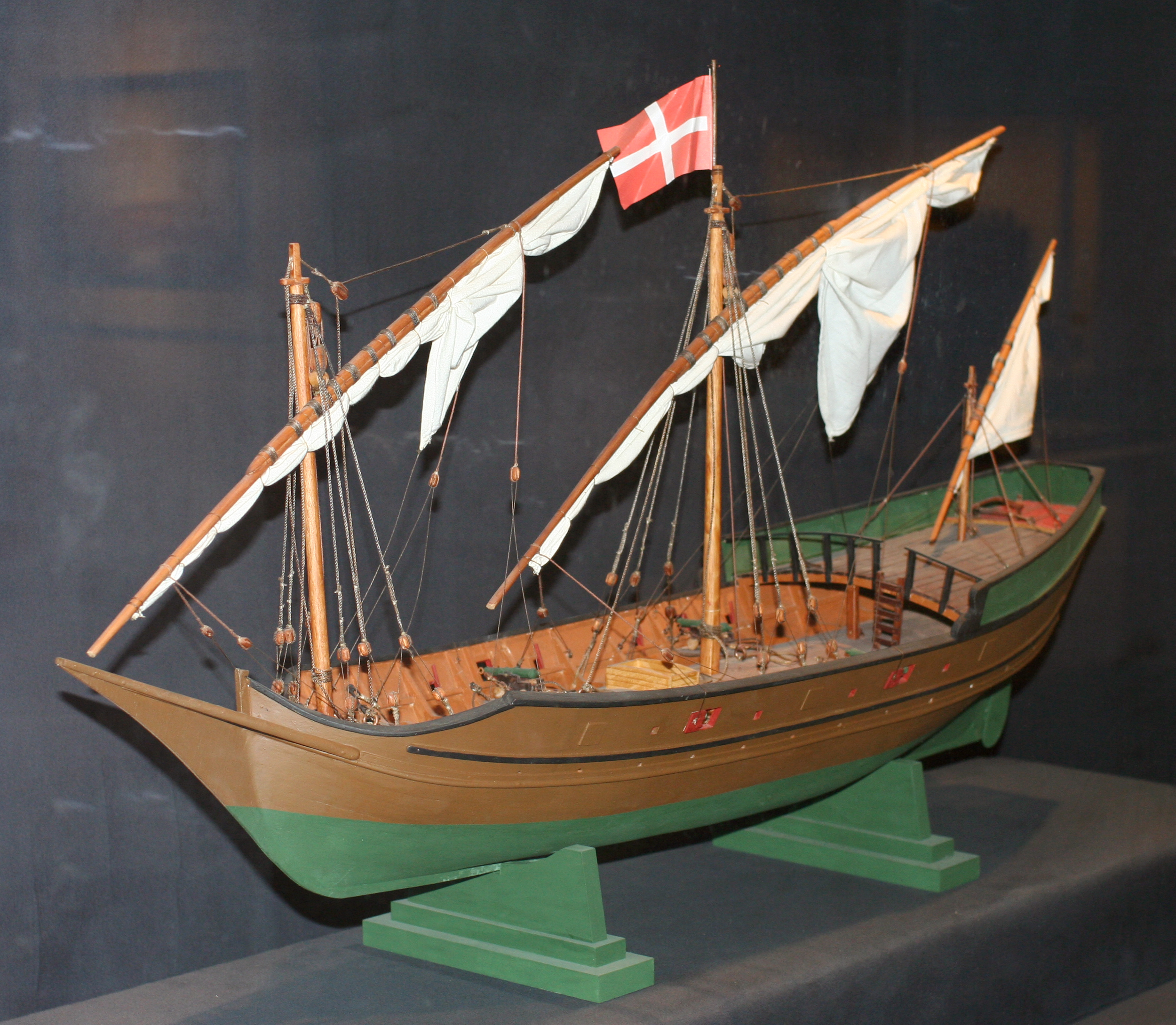Chopsticks! Every Chinese, Japanese, Korean, Hong Kong, Vietnamese or Thai restaurant, household, or person, is likely to own at least one of these!…Or should I say two?
For about 9,000 – that’s NINE THOUSAND – years (go ahead and count them, I’ll just wait here!), the people of Asia have been cooking with, eating with, gifting, giving, receiving, presenting, and even burning, chopsticks.
The Birth of Chopsticks
Early chopsticks were no more simple than a pair of conveniently straight twigs, cut or broken to the right length, although that said, they weren’t actually used for eating.
The first chopsticks used in Ancient China were cooking utensils, not eating utensils! They were purposefully made to be longer, thicker, and oversized in their dimensions when compared to modern chopsticks, so that they could be used to cook food with. Turning over barbecued pork, fried fish, cracked eggs, fishing ingredients out of stews and soups, and retrieving food from the heat of the fire, were all made easier (and safer!) by using chopsticks. The oldest pair of cooking chopsticks found in China were 26cm long, and made of bronze!
Centuries later, chopsticks started being used not just for cooking food, or tending to the fire, but also, for eating! This finally took place in the Han Dynasty (206BC-220AD).
By the 300s and 400s, eating with chopsticks, or ‘Kuaizi‘, in Chinese, had become firmly established. Since they made eating easier, safer, cleaner and faster, and because they were chiefly made of bamboo (a plentiful supply of which grows almost all over China!), the Chinese characters for ‘Kuaizi’ utilise both ‘kuai’ (‘fast’ or ‘quick’), as well as elements of ‘zi‘, or ‘zhu‘ (‘Bamboo’).
Over the succeeding centuries, these fast bamboo sticks started spreading around Asia. Japan, Korea, Thailand, Vietnam, and other countries in the region with dealings with, or large migrant populations of, Chinese people (such as Singapore, Malaya, Indonesia, etc), all started using chopsticks, and it was at this time that each country developed their own distinct styles, sizes, shapes and materials for making chopsticks. More about that, later.
Why are Chopsticks called…Chopsticks??
When the Chinese first started having dealings with Europeans in the 16th and 17th centuries, there was a lot of mixing and mingling of words, as two cultures which had never before seen each other, tried to find ways to communicate. In order to indicate haste or urgency, the Chinese might use the term ‘kuai-kuai!‘ (‘quickly!’ or ‘Hurry up!’). Between them, the Chinese and the English morphed this into the pidgin word ‘chop-chop!’ (if you have any grandparents around, they might still use this word today!).
William Dampier – An English explorer, writer, and wordsmith-extraordinaire (among others, he gave us Barbecue, Cashew, and Avacado!), is the man we have to thank for the word ‘Chopsticks‘.
Born in 1651, and dying in 1715 (yes, the word ‘chopsticks’ is over THREE HUNDRED YEARS OLD!), William Dampier was an English sailor, explorer and writer of the second half of the 17th century. In an age when most people were born, lived, married and died in the place of their birth, Dampier was a notable exception – among his other achievements, he sailed AROUND THE WORLD THREE TIMES – a not-unimpressive feat in the 17th century, considering that they had next to no reliable navigational instruments, nor accurate charts to guide their way! – and he also wrote a number of highly popular and well-published works about his travels. He was also the first Englishman to sight a country in the South Pacific then called ‘Nova Hollandia‘ – New Holland.
…today, we just call it ‘Australia’.
But yes, William Dampier, a 17th century writer, rogue and world-traveler, among his many other accomplishments – gave us the word ‘chopsticks’, or at least, he was the first person to write the word down, after he observed the term being used by English sailors who dealt with Chinese merchants.
What are Chopsticks Made Of?
Chopsticks can, and have been, made of a wide variety of materials for centuries. Bronze, brass, gold, silver, ivory, plastic, bamboo, a wide variety of woods, stainless steel, glass, porcelain, and even bone!
These days, chopsticks are most commonly made from bamboo, wood, porcelain, plastic, stainless steel, and silver. What materials are used to make them differ from country to country. For example, in China, bamboo and wood are most common. In Japan, lacquered wood chopsticks speckled with things like Mother-of-Pearl, abalone-, or seashell, are very popular. Restaurants will often use cheap, mass-produced plastic ones which are easy to clean and sort, or even disposable bamboo ones which you can just snap in half!

An antique Chinese ivory trousse, or portable eating-set.
All these materials have their different qualities, pros, and cons.
Wooden and bamboo chopsticks are cheap, and disposable. They can be easily made, easily thrown out, and easily fashioned into any variety of styles and shapes. They can suffer from cracking, breakage, splitting and other problems if used for many years, though.
Porcelain chopsticks are slick, brightly painted, colourful and long-lasting. They’re dishwasher-safe, and go nicely with your best china! But, as with anything made of porcelain – they are easily broken. Best to keep these out of the way of the kids!
Metal chopsticks are easily cleaned, long-lasting, nigh indestructible, and can be made in many different styles and patterns. However, the slick, smooth surface of the chopsticks may make picking up certain foods tricky. And look out for your fingers – steel or other metal chopsticks can conduct heat! Ouch! Korean chopsticks are commonly made of metal.
Chopstick Etiquette
Just as with European-style cutlery, chopsticks come with their own etiquette and codes of use. These vary from country to country around Asia, but if you follow the basics, you ought to avoid strife pretty easily. In general…
- Do not wave your chopsticks around.
- Do not point your chopsticks at anybody.
- Do not drum or rap your sticks on the side of your bowl (beggars do this to get attention from passers-by!)
- As appealing as it might be, do not spear your food – chopsticks are meant for picking up your food, not harpooning it! Not everybody follows this rule – it depends on the food being served!
- Do not hover over food with your chopsticks. It’s distracting and rude.
- When you’ve finished with your chopsticks, or want to put them down, rest them HORIZONTALLY across the edge of your plate, or rim of your bowl, or use a chopstick-rest (if provided).
- DO NOT stick your chopsticks upright in your food. This resembles sticks of incense used to pray to the deceased, and is considered HIGHLY offensive!
The minutiae of chopstick etiquette changes from country to country, but those are the basics.
Different Types of Chopsticks?
To uncultured, back-alley swine like…us…chopsticks are just…chopsticks, right? I mean how much could there POSSIBLY BE…to a pair of sticks!? Right?…
…right?
Actually, chopsticks differ considerably from place to place around Asia. This is dictated by regional styles and tastes, as well as local customs, and the type of food served in each country.
Chinese Chopsticks
Chinese-style chopsticks are the most common type that most of us will be familiar with. Typically long, thick and kinda chunky, with square-sectioned ends, and rounded, blunt tips, sometimes with corrugations in them, to make it easier to pick up food. Due to the Chinese preference for large, circular tables for group dining-sessions, Chinese chopsticks are typically the longest, so that you can reach far into the middle of the table to help yourself from the communal dishes which have been placed there.
Japanese Chopsticks
Thin, tapering, and with sharp points, these chopsticks were designed to reflect the largely seafood-based diet of Japanese people. Long, thin chopsticks could easily be used to pick out fish-bones, to pick up sushi without crushing it and mashing up the rice and fish (nobody likes to eat mangled-up sushi!), as well as eating udon and soba noodles which are typically thick and chunky, without crushing the strands. As far as chopsticks go, Japanese-style ones are also usually the shortest, and thinnest that you’ll find.
Korean Chopsticks
Korean chopsticks are usually made of metal, and are flat, and rectangular in cross-section. Korean chopsticks are somewhat unique in that they will usually come in sets along with matching spoons – not something you usually see in Chinese or Japanese dining outfits.
Poison, and Silver Chopsticks
Of all the myths and legends about chopsticks, this has to be the most persistent one. And sadly, it’s also the one which has not a single leg to stand on!
People will often tell you that Chinese, Japanese and Korean royalty and aristocracy used to eat their dishes only with silver chopsticks, because if there was poison in the food, the silver would react to it, and turn black, warning the diner that they were about to be poisoned! This was such a persistent myth that it was believed not only in China, but also Japan, and many other chopstick-wielding countries, and communities, around the world, for CENTURIES!
I mean, c’mon! It’s gotta be right, yeah?
Uhm…nope.

My own pair of sterling silver traveling chopsticks, on their little silver chopstick-rest. So far, I haven’t been poisoned! Chaining together pairs of silver chopsticks to prevent loss has been practiced for centuries.
The reason for nope, is because while it sounds great in theory, the fact is that LOADS of things make silver tarnish! Salt, sulfur, human sweat, humidity, carbon…any food with high levels of sulphur in it, like eggs, certain vegetables, meat and so-on, would cause silver to tarnish! Remember those grand country-house TV shows like Downton Abbey, or Upstairs, Downstairs, or You Rang M’lord?, and how the footmen are forever polishing the master’s silverware? That’s because if you didn’t, after just a few uses, his lordship’s favorite silver salver, serving bowl, meat-platter or silver jug would be black as soot from all the tarnishing!
Because so many things make silver tarnish, making chopsticks out of silver to detect poison would’ve made absolutely no sense at all!
That’s not to say that chopsticks were not made of silver. They most certainly were – and they still are today! But they were never made to detect poison – the reactive nature of silver would’ve made such a thing just far too unreliable to be worthwhile!
How To Use Chopsticks?
Yeah, yeah, yeah, alright, whatever, smartass! But how do you USE these fakakte contraptions!?
Ah! A very valid question!
To uninitiated savages, it can seem wondrous that anybody could ever possibly use two sticks in order to eat everything from rice, to noodles, dumplings to buns and rolls, vegetables, meat…even dessert! But the simplicity of chopsticks is what makes them so cool! Once you’ve mastered the basics, you’ll start seeing chopsticks everywhere, and you’ll be using them to eat everything! Apart from regular meals, they’re also great for eating stuff that you don’t want get on your hands, like Cheetos, chocolates, nuts, olives, and any other fiddly finger-food or snack, that leaves residue on your digits, which might otherwise be vitally engaged in other activities like typing, surfing the web, or long sessions of late-night gaming.
So, how do you do it?
First, you need a pair of chopsticks!
…If you don’t have any chopsticks, then find two sticks of equal length and thickness. Try a pair of unsharpened pencils, the concept is basically the same.
Tap your sticks or pencils or thermometers, knitting-needles or whatever other form your chopstick stand-ins happen to take, on a flat surface like a tabletop, to even up the tips. Then, hold them in your right hand (left-handed or right-handed, chopsticks are traditionally held in the right hand), as you would a pen, or pencil for writing.
Slip your middle finger between the sticks, and then marvel in wonder as the tips spread apart.
Grip the top stick (between your middle and index fingers) between your thumb and index finger and pivot it back and forth, using your middle finger as the pivot-point. This will allow the chopsticks to operate as a pair of tweezers, for picking up food. The lower chopstick rests on your ring-finger, and does not move.
If this is too fiddly, another way is to simply slide your middle finger in and out of the gap between the two sticks. This will allow the top stick (still gripped by your thumb and index finger) to open and shut, in the same way as the first method.
With enough practice, you’ll soon be using a pair of chopsticks like a pro, operating them like your own little pair of tweezers, which is how they’re supposed to work, by the way! Once mastered, you’ll be able to use them to pick up everything from dumplings and fish-balls, buns and rolls, to rice, peas and all other kinds of small, fiddly little nibbly bits!
Chopstick Culture
Given that so many people, and countries around the world, use chopsticks, it’s perhaps unsurprising that there’s quite a bit of chopstick culture. Little nuances and differences that vary from place to place. Chopsticks are popular as souvenirs, gifts, and presentation-pieces. Shops in Chinatowns and Asian countries around the world sell sets, or individual pairs of chopsticks for everything from daily use, formal table-settings, and even for gifts or presentations.
In the 21st century, folding, extendable, two-part screw-open, and even miniature chopsticks are becoming increasingly popular for people who travel, or who like to take their own chopsticks with them when they eat (for example, if they’re at work, or going to a party, or have to take food with them on a trip). They can easily be purchased online for a minimum of expenditure.
Custom-made chopsticks of different lengths, sizes, materials, decorations and engravings are also popular as gifts or splurge-items, so that you end up with something truly unique. In some countries, like Japan, it’s common for people to all have their own individual pairs of domestic chopsticks at home, and each person gets to own and use a pair which they personally picked out.
Antique Chopsticks
Given that they’ve been around for centuries, it’s probably unsurprising that there are a lot of antique chopsticks out there in the world. How do you look for them? What do you look for? How much do you pay??
Where to Find them?
Antiques shops, especially in Asian countries, eBay, or other online antiques dealers, will typically sell them. The trick is knowing what’s a genuine antique, and what’s just a distressed reproduction. Unfortunately, Asian antiques have a horrible reputation when it comes to unscrupulous and worthless reproductions and fakes.
What’s a real pair of Antique Chopsticks look like?
Well…they’re first and foremost, eating utensils; therefore, a real pair of antique chopsticks will have signs of use, whether they’re made of silver, bone, ivory, porcelain or even just wood. Bite-marks, dents, chips, wear, worn-down lacquer, faded paint, uneven lengths or warping and bending, are all indications of a long life. They’ll also have other indicators, like staining, cracks and discoloration, either from contact with food/mouths over the years, differing methods of storage, and climate changes throughout their lives.
How Much do Antique Chopsticks Cost?
It depends on their age, condition, and materials. Chopsticks which are especially old, elaborately decorated, made of a special material like ivory, or which are unique in some other way, will command a premium price. As will ones which come in pairs, or larger sets. A single pair can easily be purchased pretty easily for under $100, whereas sets, pairs made of rare or luxury materials, or especially old chopsticks, will sell for much more. How much you pay will also depend on their condition, and how well-decorated the are, or aren’t.
Can you use Antique Chopsticks?
Sure, why not? People use antique silverware don’t they? Just steer away from anything which might be easily damaged or excessively fragile, and do be careful how you wash them. Chopsticks made of hardwearing materials like bone, ivory, porcelain or metal (usually silver) are generally alright for everyday use. Wooden chopsticks can warp, crack and break over time, so any beautifully-carved antique sandalwood chopsticks that you inherited from your great-grandmother, or picked up at the Dongtai St. antiques market in Shanghai should probably be kept for display-purposes only!
What are Antique Chopsticks Made Of?
Just about anything! Bone, wood, ivory, silver, brass, bronze, jade, pewter, bamboo…the important thing is knowing the difference between modern chopsticks made of these materials, and antique ones, and being able to recognise signs of authenticity, and knowing what material your antique chopsticks are made of. How to tell apart bone from ivory, for example, or how to recognise silver tarnish, how to read hallmarks, how to differentiate brass and bronze, and so on.
Why is this important? Because it affects how much you’ll pay for them. A pair of solid silver antique chopsticks can sell, depending on size, weight and decoration, for hundreds of dollars. A pair of pewter ones? Not so much. Antique bone chopsticks would likewise sell for only a few tens of dollars, whereas ivory chopsticks would likely go for more – more still, if they’re part of a set.







































